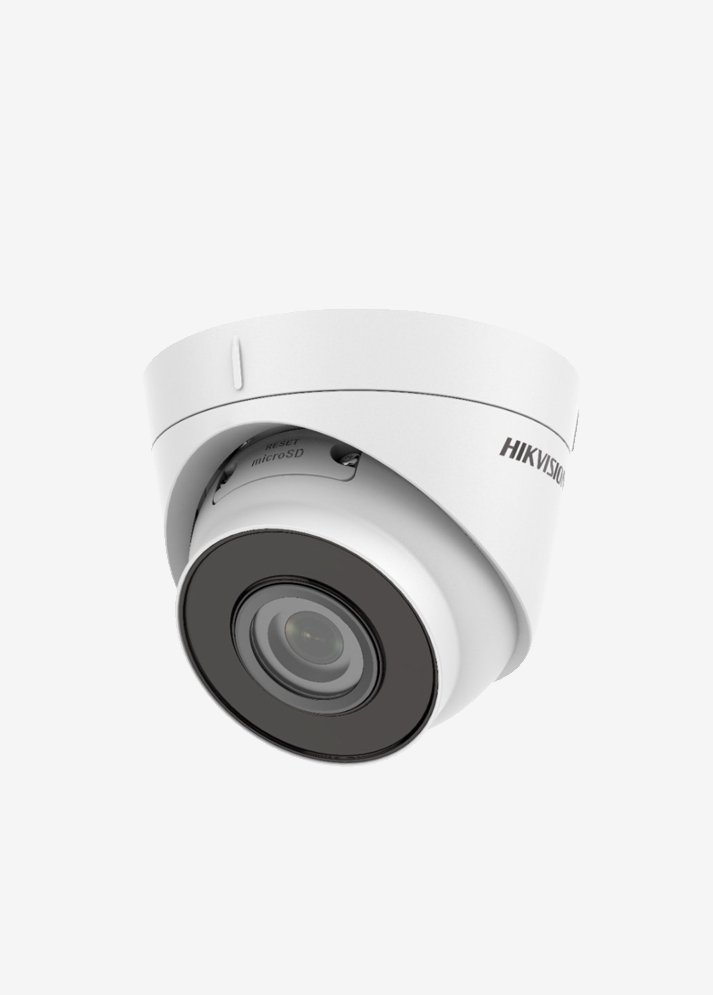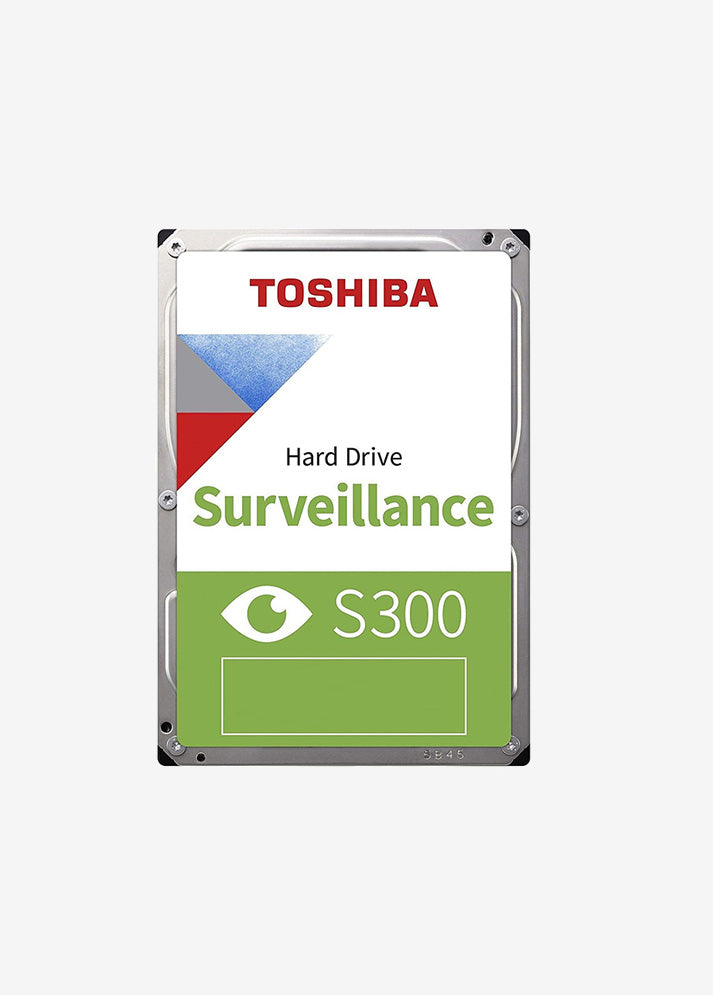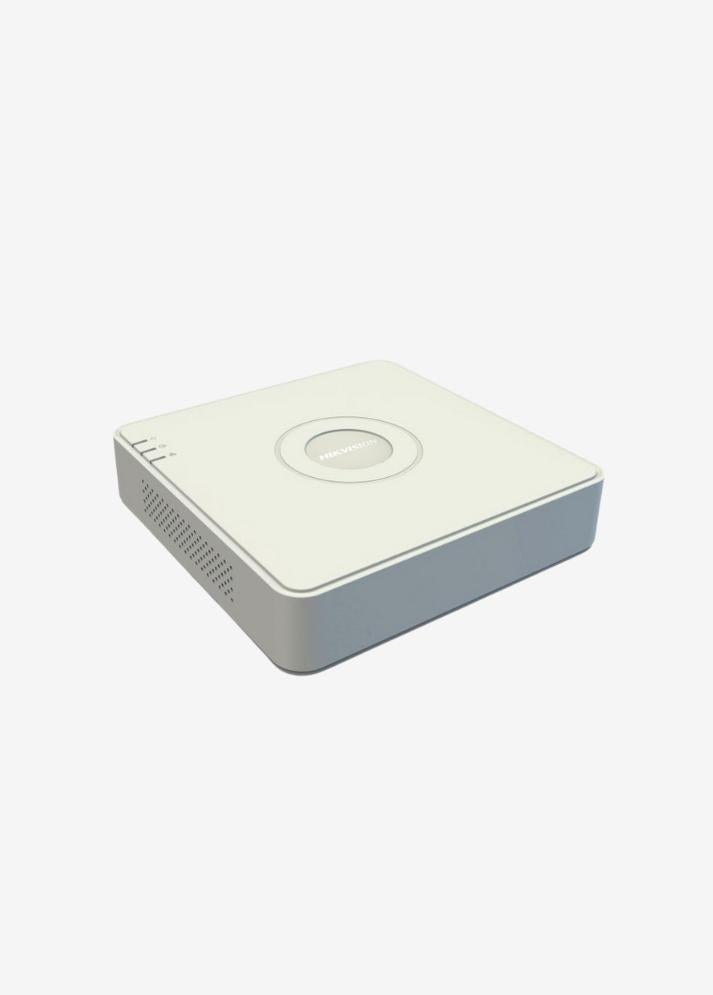Security cameras are one of the most important tools in businesses for preventing, monitoring, and providing evidence against both internal and external threats. However, to be truly effective, they must be placed in the right locations .
In this article, we discuss in detail the strategic areas that should be considered when positioning cameras in workplaces and why these areas are important.
🏢 1. Main Entrance and Exit Gates
-
It is the most critical area of the workplace.
-
It is mandatory to track incoming and outgoing personnel, visitors and suppliers .
-
It can be integrated with facial recognition and license plate reading systems.
📌 The images in this area are vital to determining who entered and exited at the time of the incident.
🅿️ 2. Parking and Vehicle Entry Points
-
It is used for vehicle traffic, parking lot security and license plate recognition .
-
Provides visual evidence in case of possible damage, theft or accidents.
🎯 LPR supported cameras that can work integrated with license plate recognition systems should be preferred.
💼 3. Reception / Information Area
-
It is the first area that visitors come into contact with.
-
Entry card delivery, waiting moments, and security guard activities are observed in this area.
-
It is a critical point for guest security and detection of unregistered entries .
🔒 4. Safe / Valuables Rooms
-
These are areas where cash, checks, promissory notes or valuable documents are kept.
-
Camera recording ensures personnel safety and discipline against internal threats.
💡 Generally, a high-resolution and narrow-angle focus camera is preferred.
📦 5. Warehouse and Material Entry – Exit Points
-
It is indispensable for tracking product theft, shipping errors and waste.
-
Personnel supervision and tracking of stock movements are provided.
-
Incidents such as forklift accidents can also be recorded.
🛠️ 6. Production / Workshop Areas
-
It is used for the detection of work accidents and occupational safety inspection.
-
Shift tracking, time spent at the machine, and video recording of process steps can be made.
⚠️ It is an important control tool in terms of OHS (Occupational Health and Safety) .
🍽️ 7. Dining Hall, Rest and Common Areas
-
Promotes staff discipline and proper use of social areas .
-
Provides a record of potential incidents of argument, rule violation, or workplace violence.
🧮 8. Office Floors / Corridors / Transition Areas
-
Control of circulation areas, prevention of unauthorized passage
-
Detection of those entering outside of shifts or on holidays
🔄 Corridor cameras should be preferred with wide-angle lens models, not point cameras.
🔐 9. Emergency Exit Doors and Fire Escapes
-
Prevents escape points from being abused
-
It is one of the most frequently used points in theft attempts.
-
In emergency scenarios, personnel exit routes can be displayed
📦 10. Loading / Unloading Ramps
-
Goods acceptance, shipping and logistics activities are carried out here.
-
Supplier tracking serves as evidence for product entry and exit records.
🚛 Especially in large warehouses, IP67 / IP66 certified cameras suitable for outdoor use should be preferred.
🛡️ Bonus: Legal Considerations for Camera Placement
-
Cameras cannot be placed in private areas such as WC, dressing room, or shower.
-
KVKK warning signs should be hung in areas where personnel are monitored.
-
Camera recording time and access permissions should be limited.
-
Records should only be viewed by authorized persons.
📜 The legality of your camera system is possible not only by installing it, but also by managing it correctly and transparently.
✅ Result: Strategic Point = Effective Security
Cameras placed in the right spots in your workplace:
-
Increases deterrence
-
Provides evidence after the incident
-
Ensures staff discipline
-
Facilitates occupational safety and process control
📌 Every business is different. When planning your security system , a feasibility study and survey will ensure the most accurate placement.











